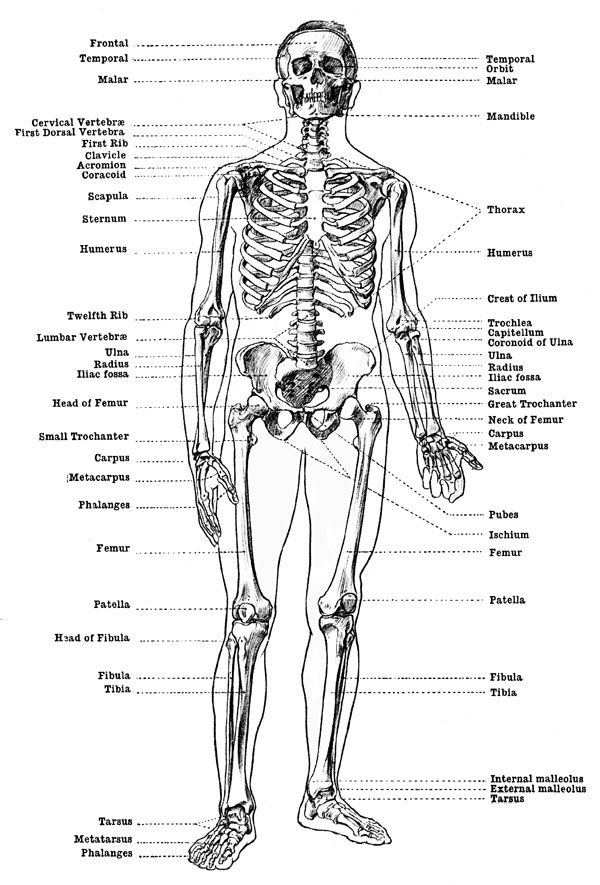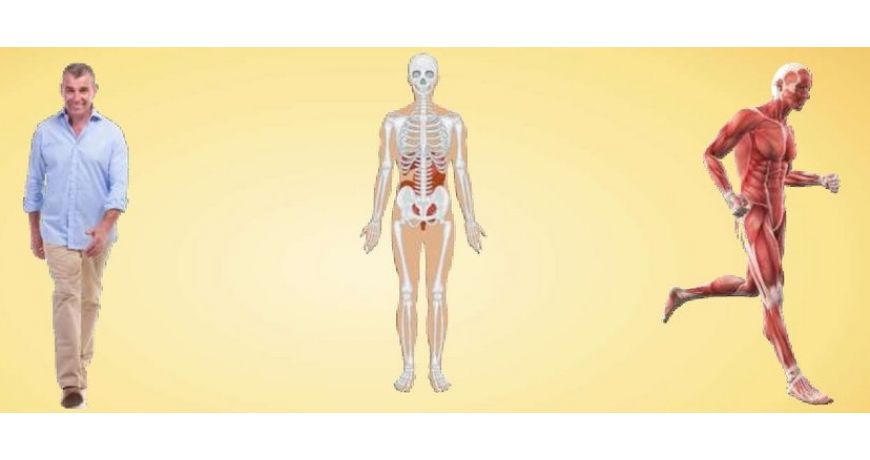Our body has a powerful framework that unites all organs and systems into a single whole. The spine is the basis of the body, on which almost all internal organs are fixed (roughly speaking, they are "suspended" on the spine). Nerves depart from the spine, along which the brain controls the work of internal organs and receives feedback from them. Accordingly, if there are disorders in the spine, then the nerves that go to the internal organs can transmit incorrect information - and the organ will suffer. The converse is also true: if a particular organ is sick, this may affect the condition of the spine.

Spine diagnostics
In medical practice, there is a so-called segmental innervation map: it clearly shows which vertebrae are connected with which organs.
- Cervical vertebrae - from 1 to 7 - are associated with the health of the organs of hearing and vision, the speech apparatus and the state of the brain. Overexertion of the muscles in the cervical vertebrae can cause headaches. Exercises aimed at relaxing the neck area can relieve headaches (even during an attack) and correct vision.
- 7 cervical vertebra is a large nerve center that is responsible for the health of the thyroid gland. The area of the 7th cervical and 1-3rd thoracic vertebrae is also associated with heart health. Pay attention to elderly people who have a pronounced "hump" at the base of the neck. With a probability of 99% they have heart problems: pressure jumps, there are attacks of angina pectoris or arrhythmias. If a young person has such a deformity of the spine, this is an alarm: it's time to take care of the health of the spine and check the heart.
- 4-8 thoracic vertebrae are associated with the work of the digestive system. For example, regular consumption of coffee can make the chest feel heavy. And the point here is that the stomach has difficulty absorbing the product and transmits a signal of discomfort to the thoracic spine.
- 9-12 thoracic vertebrae are responsible for the correct functioning of the urinary system. When faced with pain in this area for the first time, a person, as a rule, cannot independently determine whether he pulled the muscle or the kidney hurts? In any case, pain in the lower thoracic region is a reason to go to the urologist.
- The top of the lumbar spine is associated with the large intestine. For example, habitual low back pain can be relieved after bowel dysbiosis is treated. The pattern works in the opposite direction: regular abdominal pain can go away after you start doing exercises to improve your spine.
- The bottom of the lumbar spine is where signals from the genitals come in. Various "male" and "female" inflammatory diseases can give a feeling of discomfort to the lower back.

 English
English  Русский
Русский O`zbek tili
O`zbek tili
